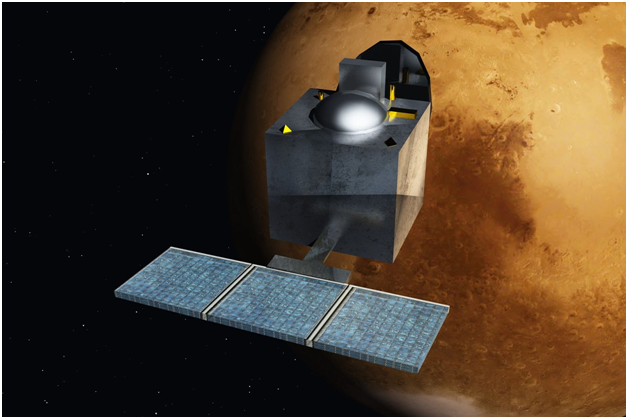In the early 1980s, India began work on the Augmented Satellite Launch Vehicle (ASLV). The ASLV design was based on the Satellite Launch Vehicle used in the 1970s to launch Indian space missions. It consisted of five solid fuel rocket stages and was able to carry a three hundred and thirty pound satellite into a two hundred and fifty mile orbit. The ASLV was only used four times. The first launch was in 1987 and was successful. The next two launches in 1988 and 1992 failed and the final launch in 1994 took the satellite into a lower orbit than intended. The failure of the ASLV three times in a row led to that abandonment of that design.
In the early 1990s, India developed the Polar Satellite Launch Vehicle (PSLV). This launch vehicle had four stages with the first and the third being solid fuel and the second and fourth stages employing liquid fuel. It was originally developed so that India could launch Indian Remote Sensing (IRS) into sun synchronous orbits. Prior to the development of the PSLV, India could only launch IRS satellites on Russian launch vehicles. The PSLV has also been utilized to send small satellites into geostationary transfer orbits. The first launch of the PSLV took place in 1993. The PSLV has launched thirty Indian satellites and thirty five foreign satellites. The PSLV has been highly successful and is still in use today.
There are a number of different models of the PSLV. The standard version is known simply as the PSLV. It has six strap on solid fuel boosters in addition to the four stage main rocket. It can carry thirty seven hundred pound payloads into two hundred and fifty mile orbits.
The PSLV-CA (CA stands for Core-Alone) does not have the six strap on boosters. It also carries less fuel in the fourth stage. It can carry twenty two hundred pound payloads into two hundred and twenty mile orbits.
The PSLV-XL carries strap on solid fuel boosters that contain more fuel than the PSLV boosters. It can lift a payload that weighs four thousand pounds into two hundred and twenty mile orbits.
The first flight of the PSLV-XL carried the Chandrayaan-1 into space. Chandrayaan translates as "moon vehicle." The satellite was launched from the Sriharikota launch center on October 22, 2008. It achieved lunar orbit on November 8, 2008. Multiple payloads were carried by the Chandrayaan including five Indian packages and six packages for other sources including NASA, ESA, and the Bulgarian Space Agency. It carried remote sensing equipment for visible light, near infrared and hard X-ray frequency. The mission objectives included three dimensional mapping of lunar topography and a mapping of lunar chemical composition. On November 14, 2008, the Moon Impact Probe separated from the Chandrayaan-1 lunar orbiter and crashed into the south pole of the moon. The lunar soil that was ejected was analyzed for the presence of ice. The Chandrayaan-1 managed to function for three hundred and twelve days out of the intended two years and completed ninety five percent of its mission objectives.
On November 5, 2013, the three thousand pound Mars Orbiter Mission (MOM) satellite was launched with a PSLV-XL from Sriharikota launch center. It is India's first attempt at an interplanetary mission. It spent a month in Earth orbit carrying out maneuvering tests. On November 30, 2013, the MOM left Earth orbit and headed for Mars. As of April 2014, the MOM had made it half way to Mars. Its mission objects included reaching Mars and entering into orbit, as well as testing deep-space communication, navigation, mission planning, management and the ability of autonomous systems to handle contingent situations. It also contains instruments to "explore Mars' surface features, morphology, mineralogy and the Martian atmosphere using indigenous scientific instruments."
Artist's conception of the Mars Orbital Mission:
